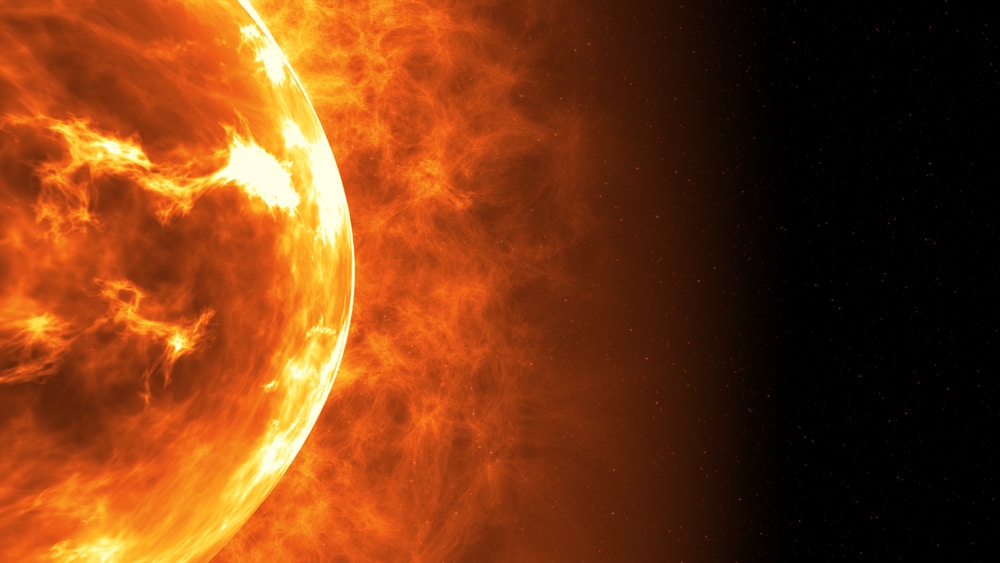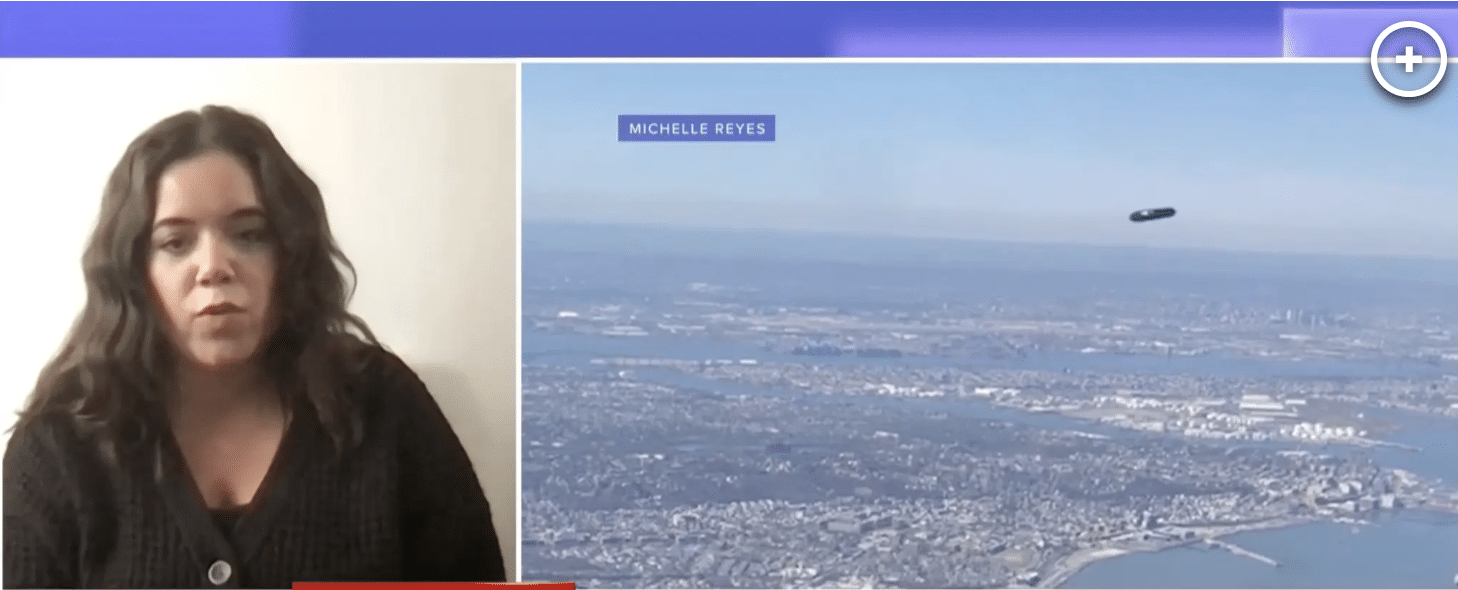Holuhraun is a new lava field just north of the Vatnajökull glacier, in the North-eastern Region of the Icelandic Highlands. The lava field was created by fissure eruptions from Bárðabunga volcano, they began on August 29th in 2014 and produced a lava field of more than 85 km2 wide, the largest in Iceland since 1783. The eruption lasted for almost six months, until February last year, with the lava flowing over a wide stretch of land, changing the landscape, including the path and temperature of Jökulsá, a glacier river flowing from underneath the Vantajökull ice cap,
resulting in the river partly heating up so that people who ventured up on that part of the highlands were able to bask and bathe in it surrounded by the fresh black lava. The last earthquake was at 7am this morning and measured 4.4 magnitude on the Richter scale, the biggest one measured since the end of the eruption in February. Right now there is considerable seismic activity in Bárðabunga and scientists are keeping a close eye on it, the events up there are unprecedented and so scientists are observing with great alertness. READ MORE

















